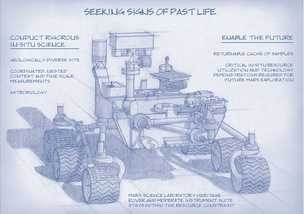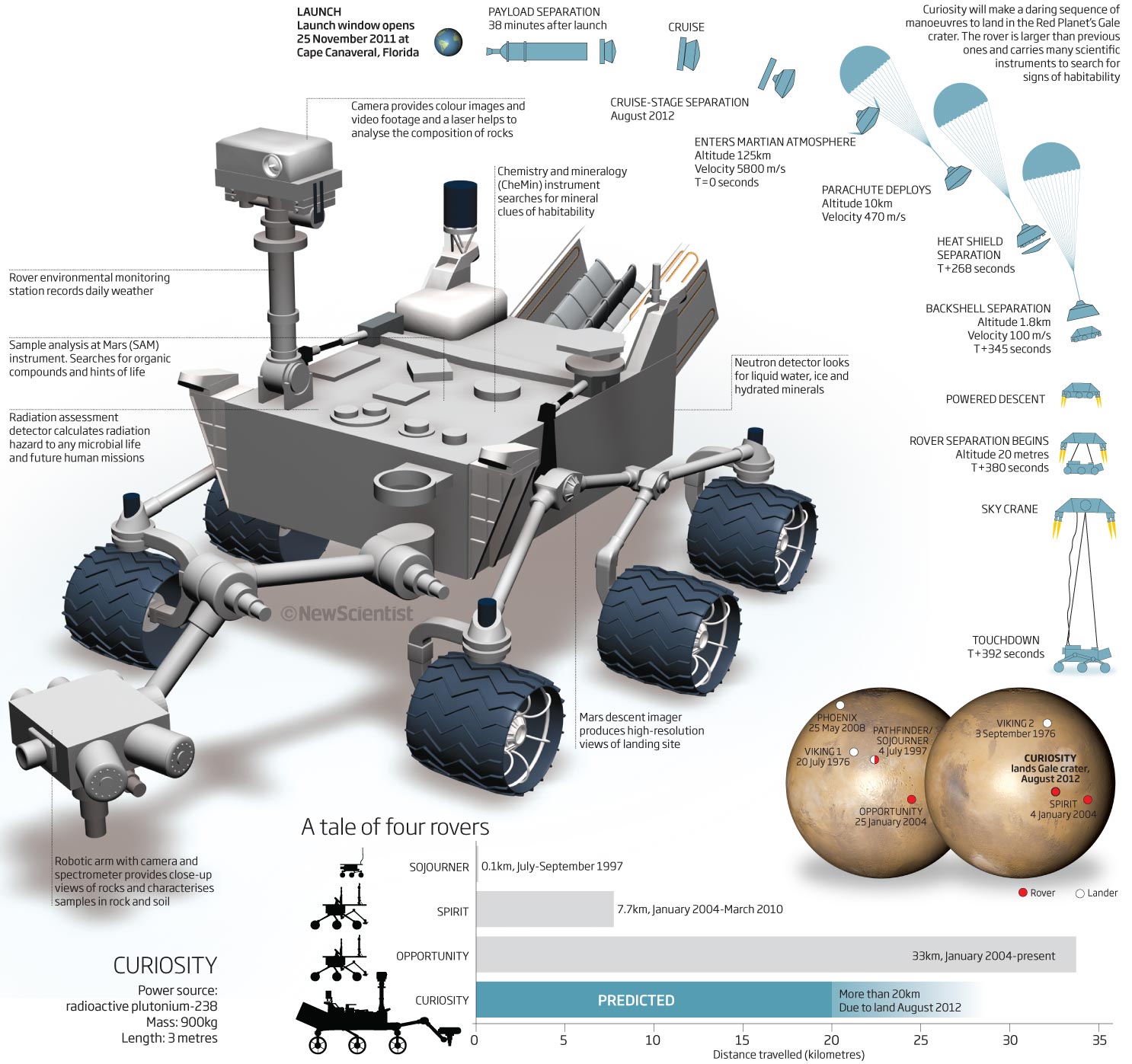
The rover the US space agency (Nasa) sends to Mars in 2020 will look for signs of past life.
It will carry a suite of instruments that will attempt to detect the traces left in rocks by ancient biology.
The mission is a subtle step on from the current Curiosity rover, designed to establish if the planet has ever had habitable environments in its history.
But the 2020 mission will still not be an explicit hunt for present-day life on Mars.
The Science Definition Team commissioned by Nasa to scope the new rover says such a search would be extremely difficult given what we know about the harsh surface conditions on the planet, and the state of current technologies.
An extant life detection mission looking for microbes would have very low probability of success, the group concluded.
“That’s a darn hard measurement to make and a darn hard measurement to convince the sceptical science community, because scientists are naturally sceptical,” explained Jack Mustard, team chair and professor of geological sciences at Brown University.
“The science definition team wrestled with this question, but the feeling was, on the basis of the evidence we have today, the most logical steps forward were to look for the ancient forms of life that would be preserved within the rock record.”
Curiosity copy
That means sending the vehicle to a location that was likely to have been habitable billions of years in the past when the planet was warmer and wetter than it is now.
Source bbc science
Originally posted 2013-12-09 18:44:29. Republished by Blog Post Promoter












